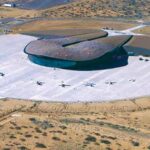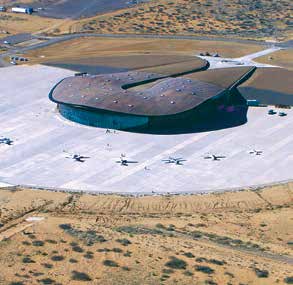Human Space Launch
Suborbital
2019 TSRQ4 – Infrastructure: Spaceports


Spaceport upgrades and new spaceport development are at an all-time high, with 40 active launch sites around the globe, 10 more in development in the United States, Sweden, Australia and Canada, and 13 more proposed in eight countries. . .
2017 – U.S. Suborbital – Snapshot
Many countries and organizations have floated plans for human suborbital spaceflight. However, there are very few building suborbital launch vehicles for this purpose, and even fewer…
2016 – U.S. Suborbital – Snapshot
The promise of humans routinely traversing space for the purposes of business and pleasure has been around for nearly as long as…
2015 – U.S. Suborbital – Snapshot
NASA’s efforts with its Commercial Crew Program and Space Launch System primarily focus on launching humans into Earth orbit and beyond. However, other organizations and companies are pursuing the goal of reusable suborbital launch vehicles for humans.
2014 – Iranian Suborbital
An example of a country using suborbital rockets for testing is Iran, which sent its second monkey into space in December 2013. Lifted aboard a Kavoshgar-e Pazhuhesh sounding rocket to an altitude of 120 kilometers (75 miles), the capsule containing the monkey parachuted safely back to Earth. The monkey, capsule, and rocket are part of Iran’s efforts to send a human into space by 2024.
2014 – U.S. Suborbital
Private companies are developing suborbital reusable launch vehicles as well. Virgin Galactic flight-tested its SpaceShipTwo crewed suborbital vehicle in 2014. The second of the year’s powered test flights of SpaceShipTwo ended in a crash, with the vehicle breaking up mid-flight and killing one pilot. In spite of the tragedy, Virgin Galactic’s ## customers remain committed to their reservations for a flight aboard SpaceShipTwo, with tickets costing $## per seat.
2013 – U.S. Suborbital
Several crewed, reusable suborbital vehicles have been under development during the past decade. These vehicles are being designed and built by commercial companies to carry paying passengers to the edge of space, enabling them to experience microgravity for minutes at a time. When operational, these vehicles will provide the most affordable access to space for passengers. Although ticket prices of $## to $## are certainly not within most people’s personal budgets, they represent a drastic discount from the $## to $## million paid by the most recent private visitors to the ISS.
2012 – U.S. Suborbital
A new aspect of space infrastructure is the development of suborbital reusable launch vehicles (RLVs). Unlike sounding rockets, these vehicles are designed to land intact and be flown again. Stimulated by the $## million Ansari X PRIZE, won in 2004 by Scaled Composites’ SpaceShipOne vehicle, several companies are actively developing such vehicles to serve space tourism, research, and other applications. The technical approaches of the companies vary, from vehicles that take off and land horizontally on runways to vehicles that launch and land vertically.